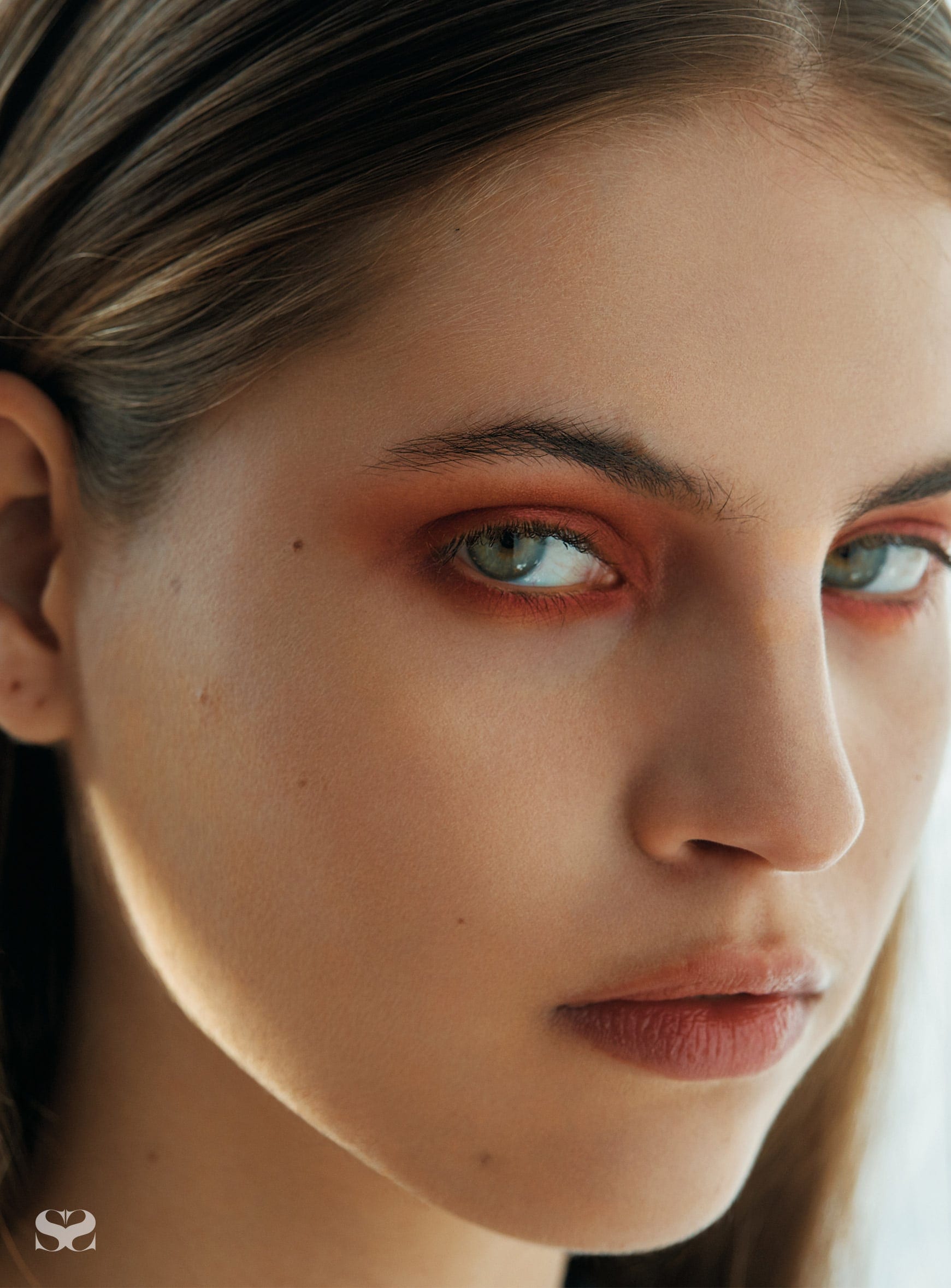

If symptoms persist or worsen, seek medical care right away. While migraines are the most common cause of kaleidoscope vision, the visual disturbance could be caused by more serious health conditions, such as a stroke or brain damage. If you see the images in both eyes, the kaleidoscope vision is most likely caused by an ocular migraine, which impacts the part of your brain responsible for vision. The images may move around and change color and shape. Migraines, specifically ocular migraines, are the most common cause of kaleidoscope vision.Īs kaleidoscope vision develops, you will likely see symptoms in both eyes, though the images may only appear in parts of your visual field. Migraines and kaleidoscope vision are closely related, as kaleidoscope vision is frequently an early symptom of a migraine. For people who get kaleidoscope vision, it can feel like they are watching a light show. Lights and images of different colors and intensities can also occur. At the same time, they may see pulsing, flashing, vibrating, or shimmering images. In the event of kaleidoscope vision, a person will see fractured, colorful images, like what you see when you look through a kaleidoscope. When the nerves are activated in the visual processing parts of the brain, this is when visual auras occur. They usually happen before a migraine sets in.Īuras like kaleidoscope vision are caused by hyper-excited nerves in the brain that are activated before the sense of pain is experienced. Auras typically last about 20 minutes, though they can last up to an hour. Kaleidoscope vision is a type of aura that most commonly occurs as a symptom of a migraine.Īccording to the National Headache Foundation (NHF), about 20 percent of people who get migraines experience auras. Reduce exposure to light and sounds, and take aspirin, ibuprofen, or another medication, to keep migraine symptoms to a minimum. If you start to get kaleidoscope vision, take immediate steps to prevent the symptoms from getting worse.

Some medications can be used to successfully treat migraines before they develop and while they are happening.

Images are fractured, colorful, bright, and often changing.Īlthough scientists are working on it, there are no absolute treatments for migraines or kaleidoscope vision. Kaleidoscope vision refers to visual disturbances similar to what you see when you look through a kaleidoscope.

As your anxiety dissipates, so should your kaleidoscope vision. Symptoms of anxiety, including hyperactivity and hyperarousal, are also known to cause kaleidoscope vision. This type of visual change is often one of the first signs that a migraine is coming. Our records are frequently revised and enhanced.Migraines, especially ocular migraines, are the most common cause of kaleidoscope vision. This record has been reviewed by the curatorial staff but may be incomplete. M26514-M26542 Various Artists The Paper Sculpture Show Prints.To request a higher resolution file of this image, please submit an online request. Acquisition and Rights Credit Line Harvard Art Museums/Fogg Museum, Gift of Narayan and Natasha Khandekar Accession Year 2005 Object Number M26536 Division Modern and Contemporary Art Contact The Harvard Art Museums encourage the use of images found on this website for personal, noncommercial use, including educational and scholarly purposes. Print Date 2003 Culture American Persistent Link Physical Descriptions Medium Offset photolithograph on three sheets of thin card stock Technique Photolithograph Dimensions sheet: 34 x 24.8 cm (13 3/8 x 9 3/4 in.) Provenance Narayan and Natasha Khandekar, gift to Harvard University Art Museums, June 28, 2005. Series/Book Title: The Paper Sculpture Show Classification Prints Work Type Title Goggles for Kaleidoscope Eyes Other Titles Identification and Creation Object Number M26536 People Eve Sussman, American (London, England born 1961)


 0 kommentar(er)
0 kommentar(er)
